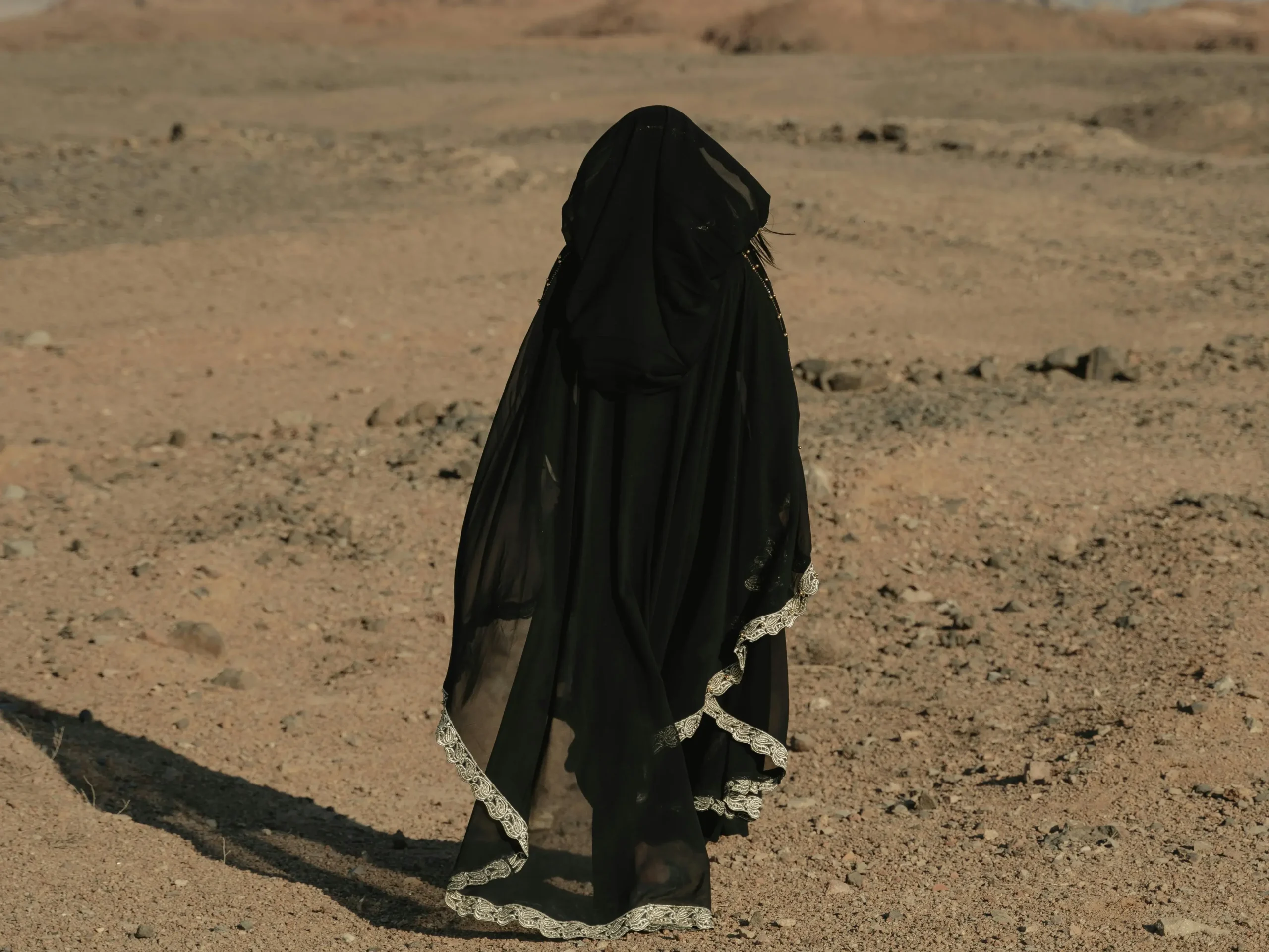In Islam, the concept of modesty plays a significant role in shaping the behavior, attire, and interactions of both men and women. For women in Islam, these guidelines are often misinterpreted as restrictions. However, they serve a deeper purpose of preserving morality, maintaining family life, and protecting individuals from harm. Let’s explore why do women in Islam wear hijab and examine the broader rules in Islam for women, focusing on modesty, personal choice, and the balance between faith and community.
Why Do Women in Islam Wear Hijab?
The hijab is one of the most recognizable symbols of modesty for Muslim women. Why do women in Islam wear hijab? According to Islamic teachings, the hijab is an obligation that begins at puberty and is meant to safeguard modesty. The Quran provides specific guidance on modesty for both men and women. The first directive is for men, instructing them to lower their gaze and observe what is known as the “veil of the eyes.” The second directive focuses on women, instructing them to wear modest clothing that covers their bodies, including their hair.
The hijab is not just a physical covering; it holds spiritual and cultural significance as well. By wearing it, women in Islam demonstrate their commitment to their faith and shield themselves from undue attention. As mentioned in the Quran: “O Prophet, tell your wives and your daughters and the women of the believers to bring down over themselves of their outer garments. That is more suitable that they will be known and not be abused” (Quran 33:59). The hijab serves as a protection against the “evil eyes” and offers a sense of identity for Muslim women.
What Do Women in Islam Wear?

When considering what do women in Islam wear, Islamic guidelines emphasize modesty for both men and women. For women, the Islamic dress code consists of the following key elements:
- Complete coverage of the body – The entire body should be covered except for the face and hands.
- Thickness – Clothing should be thick enough to conceal the skin, ensuring modesty.
- Looseness – The attire should be loose and not form-fitting to prevent drawing attention to the shape of the body.
- Simplicity – The clothing should not be overly decorated or designed to attract attention.
- Scent – Perfumes or fragrances should be avoided in public spaces, as they can attract unwanted attention.
These dress codes are not meant to restrict women’s freedom but to promote dignity and humility. By following these guidelines, women in Islam express their faith while protecting themselves from societal pressures and objectification.
The Importance of Rules for Women in Islam
The rules in Islam for women are rooted in the principle of fostering modesty, morality, and the sanctity of family life. These guidelines help create an environment where both men and women can interact respectfully and harmoniously. Upholding these rules enables Muslim women to express their cultural and religious identity, forming a bond between faith, family, and community. Rather than being seen as limiting, these rules serve as a means to ensure individual respect and safety.
Key Rules for Women in Islam
1. Travelling Alone
In Islam, it is advised that women do not travel alone for extended periods to ensure their safety. This guideline is rooted in the principle of protecting women from potential harm. However, it is not an outright prohibition. Women are encouraged to travel with a close family member or trusted companion to ensure a sense of support and security.
2. Going Outdoors Without a Head Covering
Another important rule is the expectation for women to wear the hijab when outside. As previously mentioned, the hijab is an expression of modesty and commitment to faith. However, it is crucial to understand that wearing the hijab is a personal choice for many women in Islam. Those who choose to wear it do so to identify with their religious and cultural values.
3. Maintaining Eye Contact with Men
In Islam, modesty extends to interactions between men and women. Both are encouraged to lower their gaze when speaking to one another, preventing any inappropriate or lustful thoughts. This practice is designed to promote respectful communication while upholding the principles of modesty.
4. Avoiding Physical Contact with Men
Physical contact between unrelated men and women is discouraged in Islam to preserve the sanctity of relationships and prevent temptations. This guideline includes avoiding casual physical touch such as handshakes or hugs. For women in Islam, this practice ensures chastity and helps maintain the family’s moral fabric.
5. Inappropriate or Revealing Clothing
The Islamic dress code is clear on modesty. Women are advised to wear clothing that covers their entire body and to avoid garments that highlight their shape. This principle applies to men as well. The purpose of this rule is to promote dignity and respect for oneself and others, fostering a modest environment.
6. Wearing Perfume
Women in Islam are advised not to wear strong perfumes in public, as this can attract undue attention. This guideline is consistent with the broader principle of modesty and aims to avoid situations that may lead to unwanted advances.
Sign up with us and get a free trial
If you’re interested in learning more about Islam and gaining a deeper understanding of its teachings, we invite you to explore our courses. Our programs are designed to offer comprehensive insights into various aspects of Islam, from its core beliefs to its rich cultural heritage. Enroll today and embark on a journey of knowledge and spiritual growth. Sign up now to deepen your understanding of this beautiful faith!


